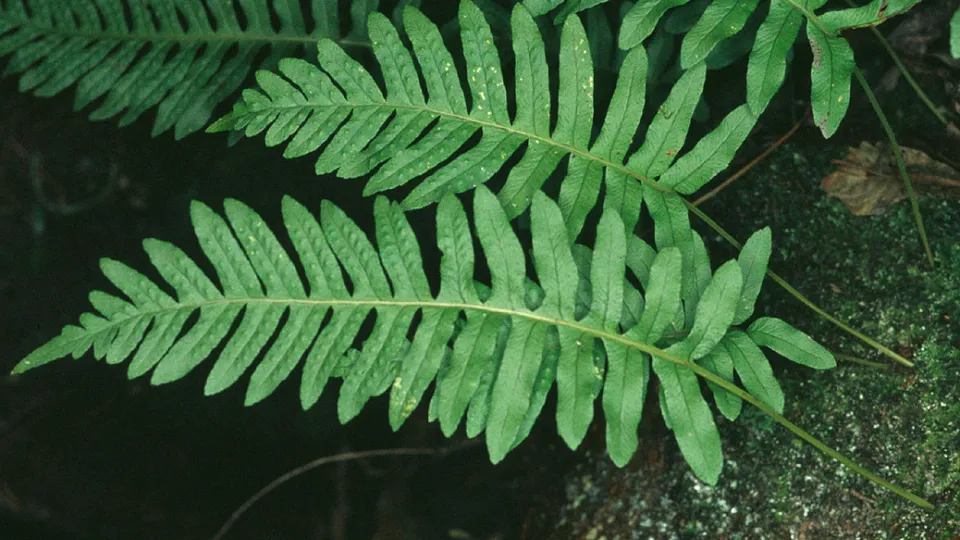
Common polypody
The common polypody is a hardy fern of damp, shady places in woodlands. It also makes a good garden fern. It has ladder-like, leathery foliage with pimply undersides - these spots are the spores.

The common polypody is a hardy fern of damp, shady places in woodlands. It also makes a good garden fern. It has ladder-like, leathery foliage with pimply undersides - these spots are the spores.
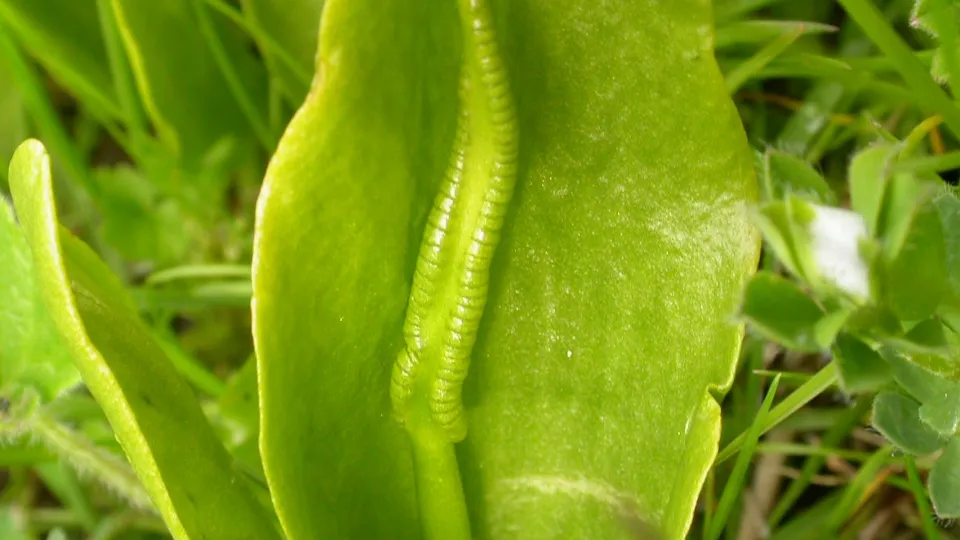
The adder's-tongue fern is so-named because the tall stalk that bears its spores is thought to resemble a snake's tongue. An indicator of ancient meadows, it can be found mainly in southern England.
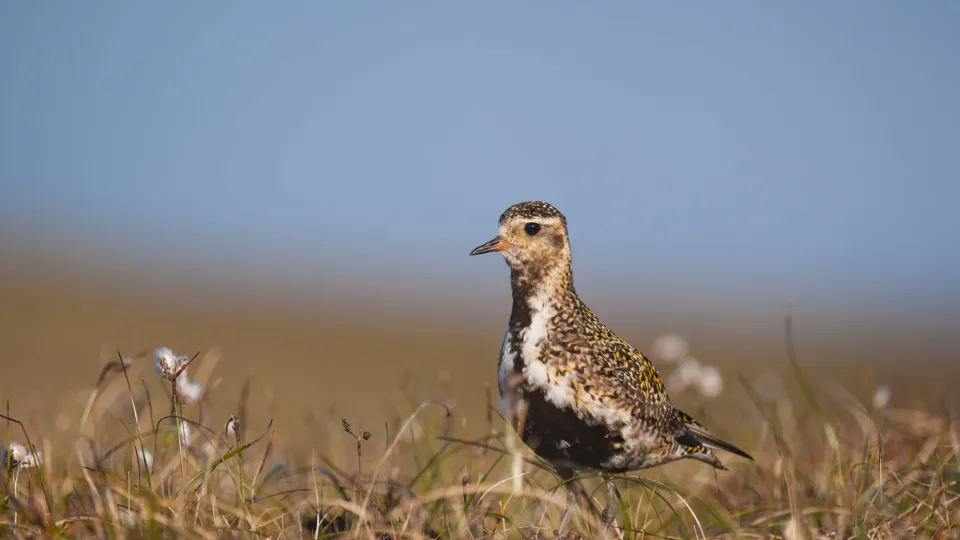
From spring, look out for the beautiful, speckled gold-and-black breeding plumage of the golden plover. It can be found in its upland moorland breeding grounds from May to September, moving to lowland farmland and fields in winter.
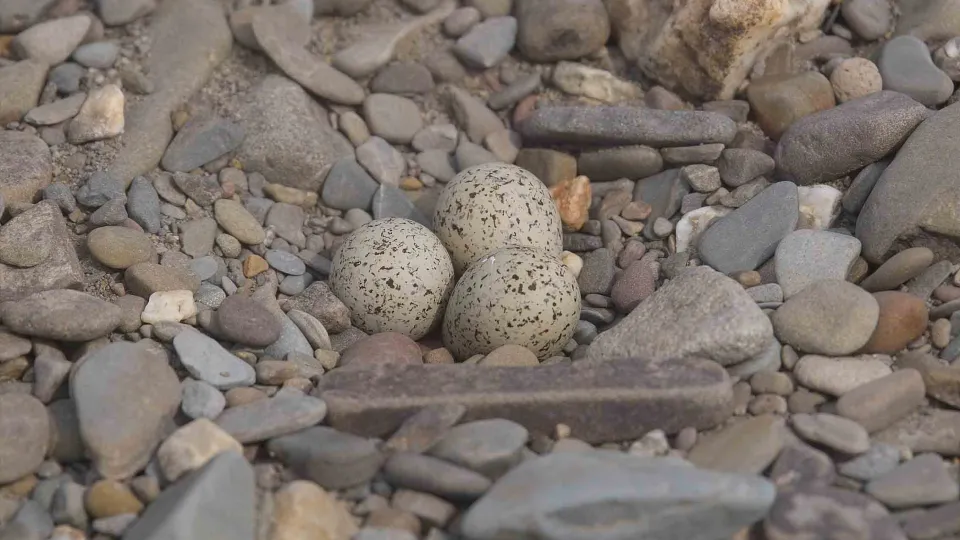
The little ringed plover first nested in the UK in 1938, but has since moved in happily! It has taken advantage of an increase in man-made flooded gravel pits, reservoirs and quarries that provide perfect habitats.
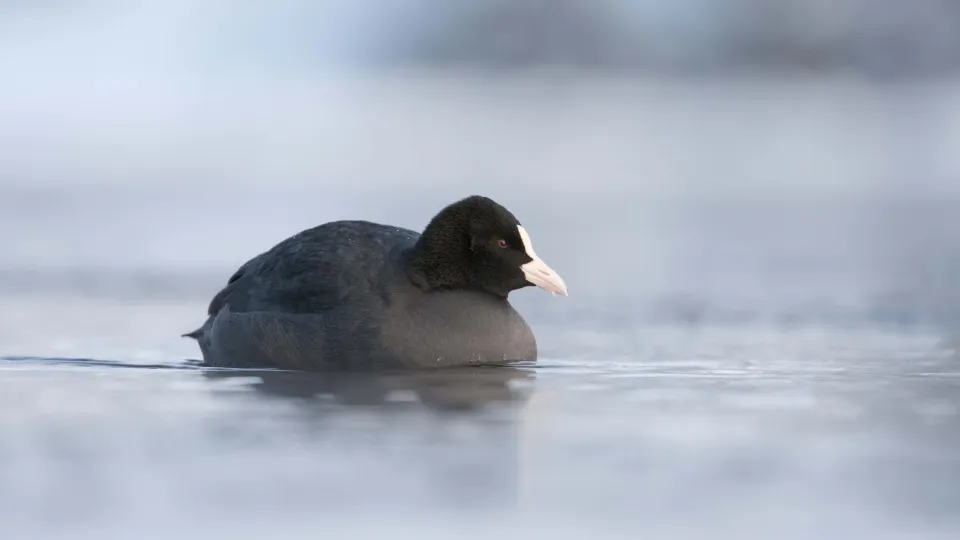
A familiar black bird of our lakes, ponds and rivers, the coot is widespread; look out for its large and untidy-looking nest on the water in spring. The coot can be distinguished from the similar Moorhen by its white beak and 'shield', and its entirely black body.
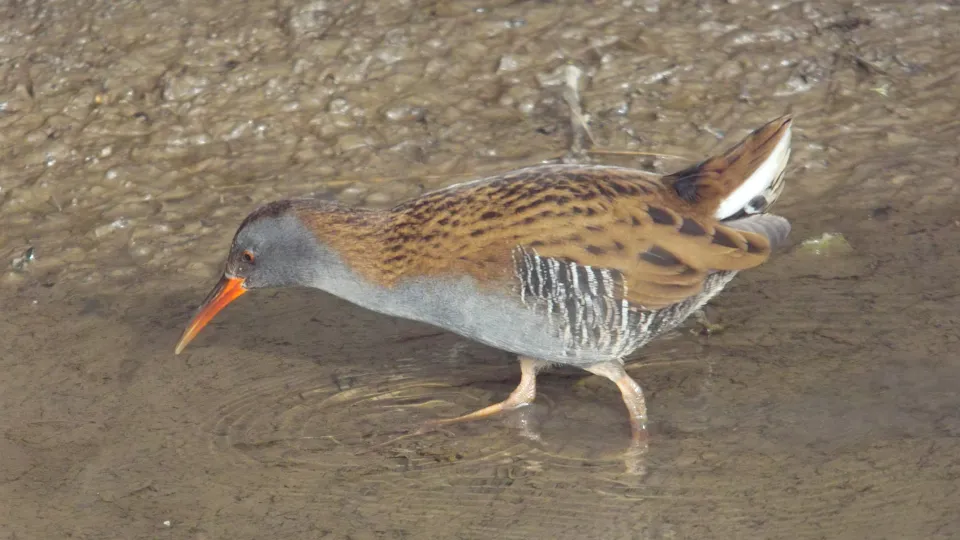
From grunts and groans, to 'purring' and 'piglet squealing', the water rail is more often heard than it is seen! This shy bird lives in reedbeds and wetlands, hiding among the vegetation.
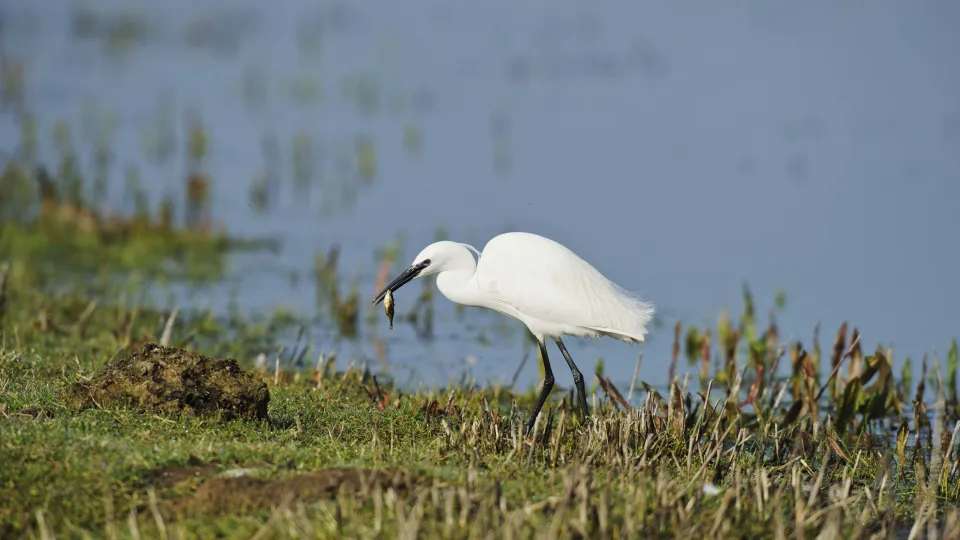
The elegant little egret was once a rare visitor to our shores, but can now regularly be spotted around the coastline of England and Wales. Look out for its beautiful neck plumes that herald the breeding season.
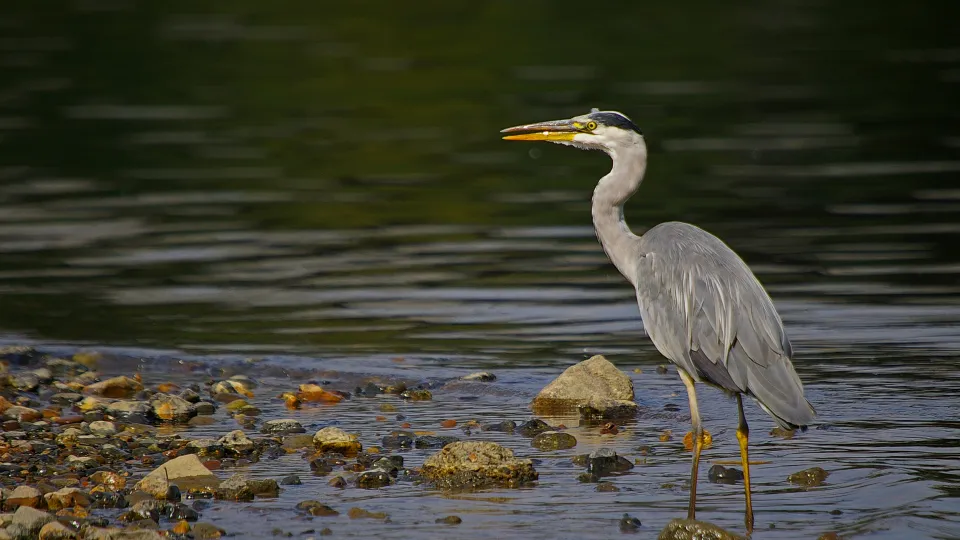
Spot these tall, prehistoric looking birds standing like a statue on the edge of ponds and lakes, contemplating their next meal.
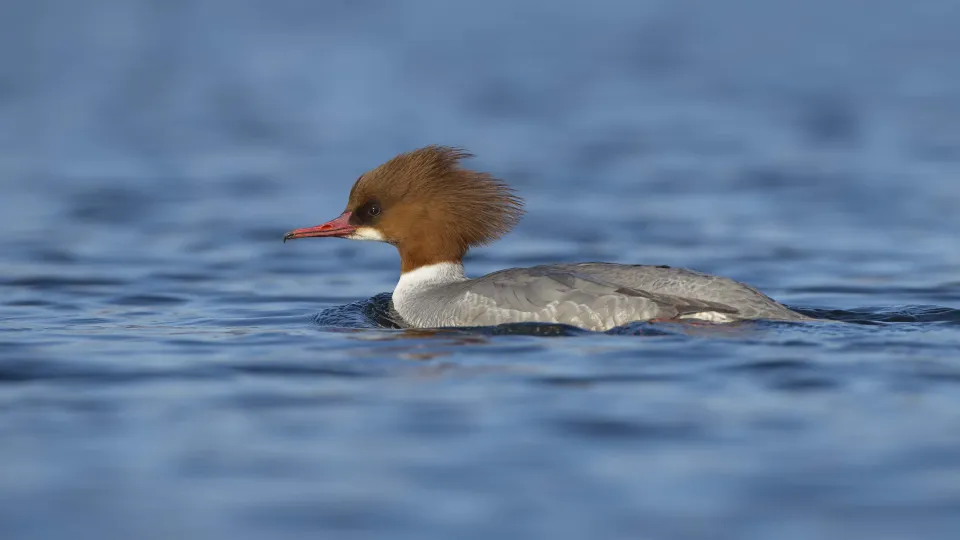
The streamlined goosander is a handsome bird and a great fisher - its long, serrated bill helps it to catch and hold its slippery fish prey. It nests in riverbank trees, but can be seen on lakes and reservoirs in winter.
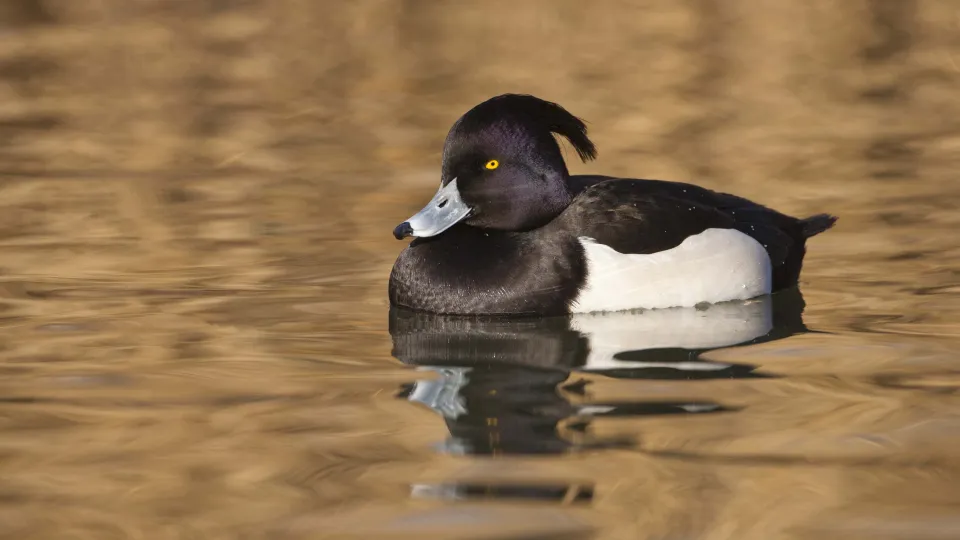
This comical little duck lives up to its name – look out for the black tuft of feathers on its head!